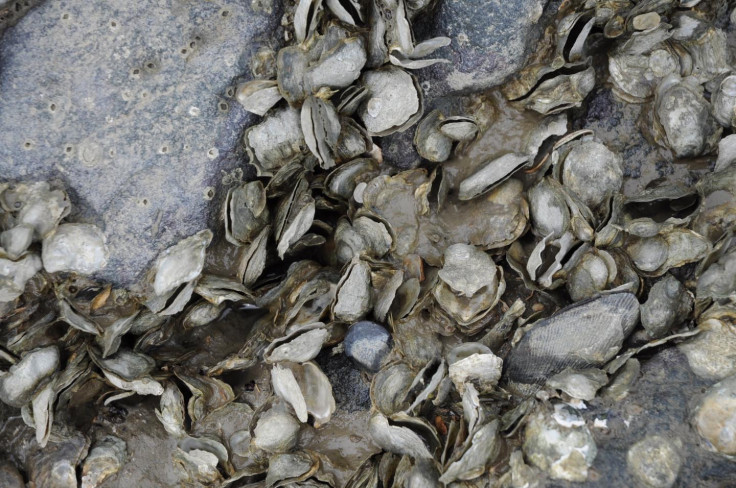What caused the 2011 mass oyster die-off in California?
The consequences of atmospheric rivers may be dramatic for wild oyster populations.

Atmospheric rivers contributed to the mass die-off of wild oysters in the San Francisco Bay in 2011, a study has found. This is particularly worrying because wild oyster numbers remain a fraction of their historical range and have yet to recover, but extreme weather events associated with climate change are set to increase in the coming years.
Atmospheric rivers are defined as long, narrow corridors of water vapour that travel the lower atmosphere. They are thought to be intensifying with climate change and to be responsible for delivering extreme rainfall.
For instance, in California, atmospheric rivers are known to deliver up to half of the state's annual precipitation in just 10 to 15 days, and they have also been tied to important floods between 1996 and 2007.
However, the extent of their impact on the environment remains poorly documented. The study, published in the Proceedings of the Royal Society B, is in fact the first entirely dedicated to examining the biological consequences of atmospheric rivers.
Deadly low salinity
The team, from UC Davis Bodega Marine Laboratory, first worked on oysters in their lab to find out how they responded to changes in their environment, such as temperature changes, salinity and oxygen. One of the things they discovered is that wild oysters do not stand low salinity.
In 2011, the mortality of wild oysters in the China Camp State Park, in northern San Francisco Bay, reached nearly 100%. Using climate data coupled with environmental data collected from the site, the scientists attempted to describe the role played by atmospheric factors in this phenomenon. The idea was to see if changes in the environment could have lowered the salinity and thus led to the oysters' death.
The researchers found out that in March 2011, atmospheric rivers in California contributed to an estimated 69.3% of the precipitation within the watershed. This led to an important discharge of freshwater into San Francisco Bay, significantly lowering salinity to levels that exceeded the threshold of oysters' tolerance.
It is a good sign that oysters came back in the San Francisco Bay in the years that followed, but as atmospheric rivers are expected to increase, the study's authors say their future is compromised. "On the one hand, it's good news that despite the mass die-off, a few years later, they came back. But it's not as simple as that. These new oysters are smaller and less fertile, and that may have consequences for restoring oysters in San Francisco Bay," lead author Brian Cheng concluded.
© Copyright IBTimes 2025. All rights reserved.






















